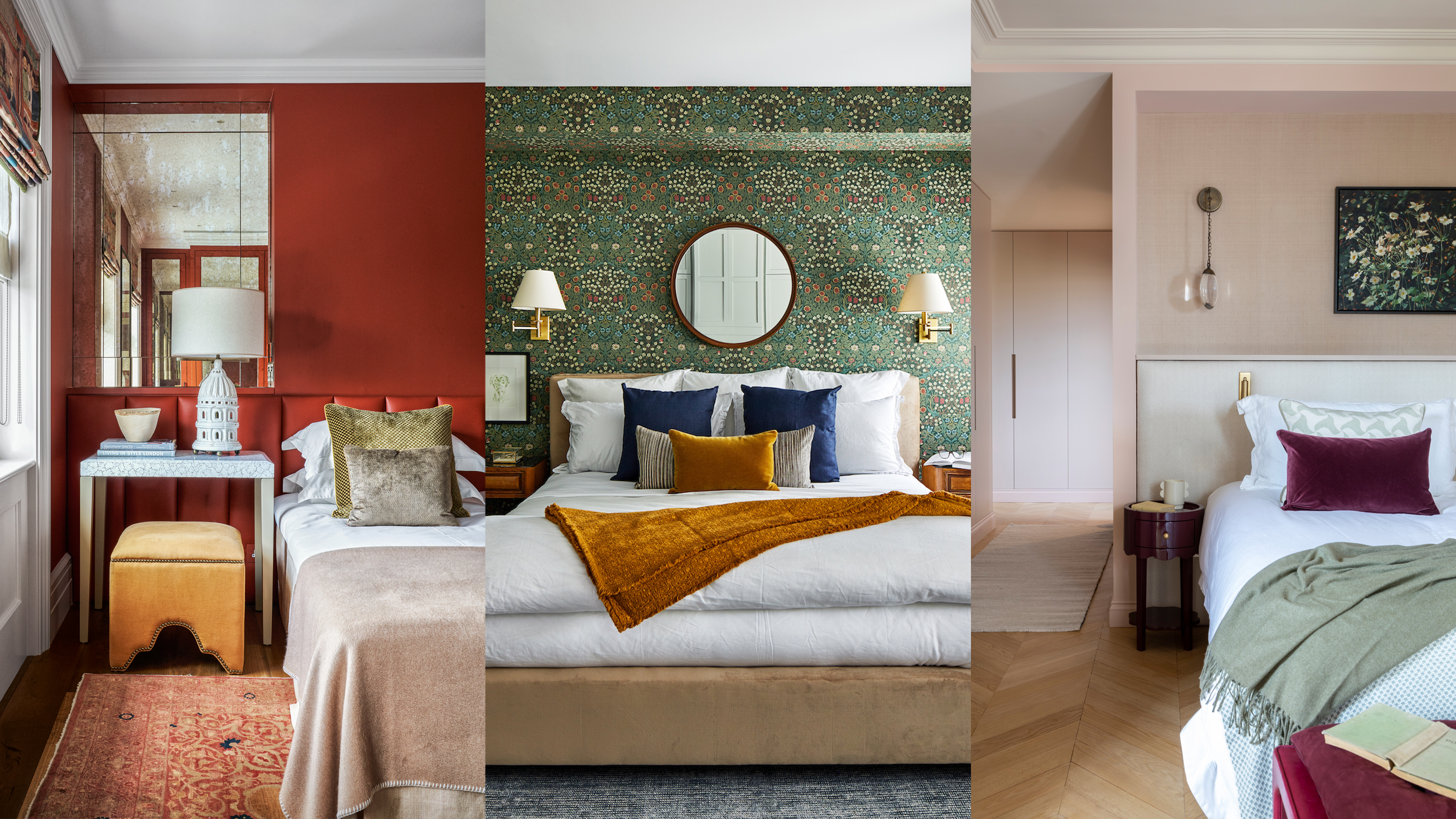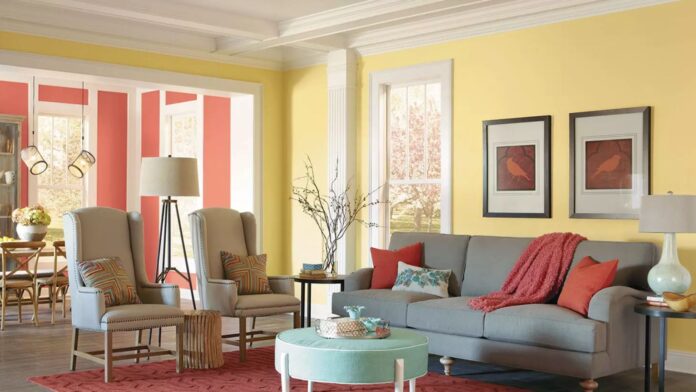Painting your home can be an exciting yet daunting task. The color you choose can significantly impact the ambiance, mood, and overall aesthetics of your living space. With the vast array of paint colors available, navigating the world of color theory becomes essential. Understanding the principles of color theory can help you create a harmonious and visually appealing environment within your home. Let’s delve into the art of choosing the perfect paint color for your abode.

Read more.. Transforming Dreams into Reality: The Influence of 3D Interior Rendering
1. Understanding the Color Wheel:
The color wheel, a fundamental tool in color theory, consists of primary colors (red, blue, yellow), secondary colors (green, orange, purple), and tertiary colors (a mix of a primary and a secondary color). Complementary colors (opposite each other on the wheel) like blue and orange or red and green, create vibrant contrasts, while analogous colors (next to each other) such as blue and green or red and orange, offer a more subtle, cohesive look.
2. Consider the Mood:
Different colors evoke distinct emotions. Warm colors like reds, oranges, and yellows create a cozy and energetic atmosphere, making them ideal for living rooms and dining areas. Cool colors such as blues, greens, and purples promote calmness and relaxation, making them suitable for bedrooms and bathrooms. Neutral tones like whites, grays, and beiges offer versatility and timeless elegance, fitting well in any room.
3. Natural Light and Room Size:
Natural light profoundly influences how paint colors appear in a room. Rooms with ample natural light can accommodate darker shades without feeling cramped. In contrast, smaller rooms benefit from lighter hues, which reflect light and create an illusion of space. Consider the direction of sunlight and the size of your rooms when selecting paint colors.
4. Sample and Test:
Never underestimate the power of paint samples. Most paint stores offer small sample pots that allow you to test colors on your walls. Observing how natural light affects the color at different times of the day helps you make an informed decision. Additionally, consider painting a large poster board and moving it around the room to see how the color interacts with the furniture and decor.
5. Harmonizing with Existing Elements:
Take into account existing elements in the room, such as furniture, curtains, and flooring. Choose a paint color that harmonizes with these elements, creating a cohesive and balanced look. Neutral shades often serve as an excellent backdrop, allowing you to introduce pops of color through accessories and decor items.
6. Personal Expression:
Lastly, don’t be afraid to infuse your personality into your color choice. Your home is a reflection of your style and taste. If you love bold and vibrant colors, consider incorporating them as accent walls or in rooms where you want to make a statement. Balance is key, ensuring that your chosen colors align with your overall vision for your home.

Read more.. The Effect of 3D Printing Innovation on Auto Assembling Cycles
By understanding the principles of color theory and considering factors like natural light, room size, and existing elements, you can confidently choose the perfect paint color for your home. Painting your space becomes not just a task but an opportunity to transform your living environment into a harmonious and visually appealing sanctuary, tailored to your unique taste and style.
Read more.. Elevate Your Haven: Crafting a Luxurious Bedroom Retreat with Simple Interior Design





